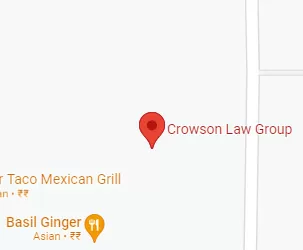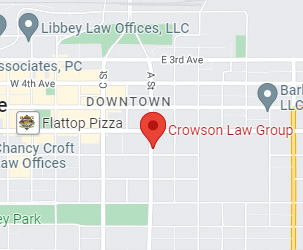Intentional Acts v. Negligent Acts

When you suffer injury as a result of someone else’s actions you are able to seek legal recourse by way of compensation or punitive action. It is important to note that different liability rules are provided for in respect of injuries that are suffered by individuals as a result of intentional acts or accidental acts. This article will discuss legal action in respect of personal injury cases that result from intentional acts and acts that are a result of negligence.
According to the Cornell Law School Legal Information Institute intentional tort is defined as “a type of tort that can only result from an intentional act of the defendant.” Investopedia defines negligent torts as “harms done to people through the failure of another to exercise a certain level of care, usually defined as a reasonable standard of care. Accidents are a standard example of negligent torts.” If your injuries are as a result of a car accident contact a personal injury lawyer car accident injury today.
As noted by the Investopedia definition negligent torts account for almost all accident based injury cases. So injuries that are the result of car accidents and slip and fall accidents come under negligence based torts. Negligence based cases generally have four basic elements and these are:
- Duty – this is a legal obligation to exercise a certain level of care that any prudent reasonable individual would exercise in a specific situation so as to prevent any foreseeable harm to others. In respect of a car accident case, every driver has the legal duty to act with reasonable care when driving their car. Such duty means that the driver obeys traffic laws that are in place, keeps their vehicle in good repair, etc.
- Breach of duty – unreasonable and irresponsible conduct carried out under specific circumstances can rise to a breach of an individual’s legal duty of care. In respect of a car accident, where a driver runs a red light or fails to yield where he or she is supposed to yield, is a breach of their duty of care.
- Causation – causation basically means that the conduct of the defendant directly led to the harm that was suffered by the plaintiff. For example, in a car accident, the driver who ran a red light hit another vehicle and the impact of the car accident resulted in whiplash to a vehicle occupant.
- Damages – the plaintiff or individual must suffer some form of harm due to the accident or incident. For example, injuries, medical bills, etc.
Intentional torts as noted in the definition are wrongs that are committed on purpose. The majority of intentional tort cases occur where the defendant’s actions are fuelled by the intention of causing harm or offense to another person, and unlike negligence tort are not the result of an accident or carelessness.
Some common forms of intentional tort claims include:
- Battery – which is pretty much any form of harmful or offensive contact
- Assault – any intentional act placing a victim in fear of imminent harm or danger
- False imprisonment
- Trespassing


